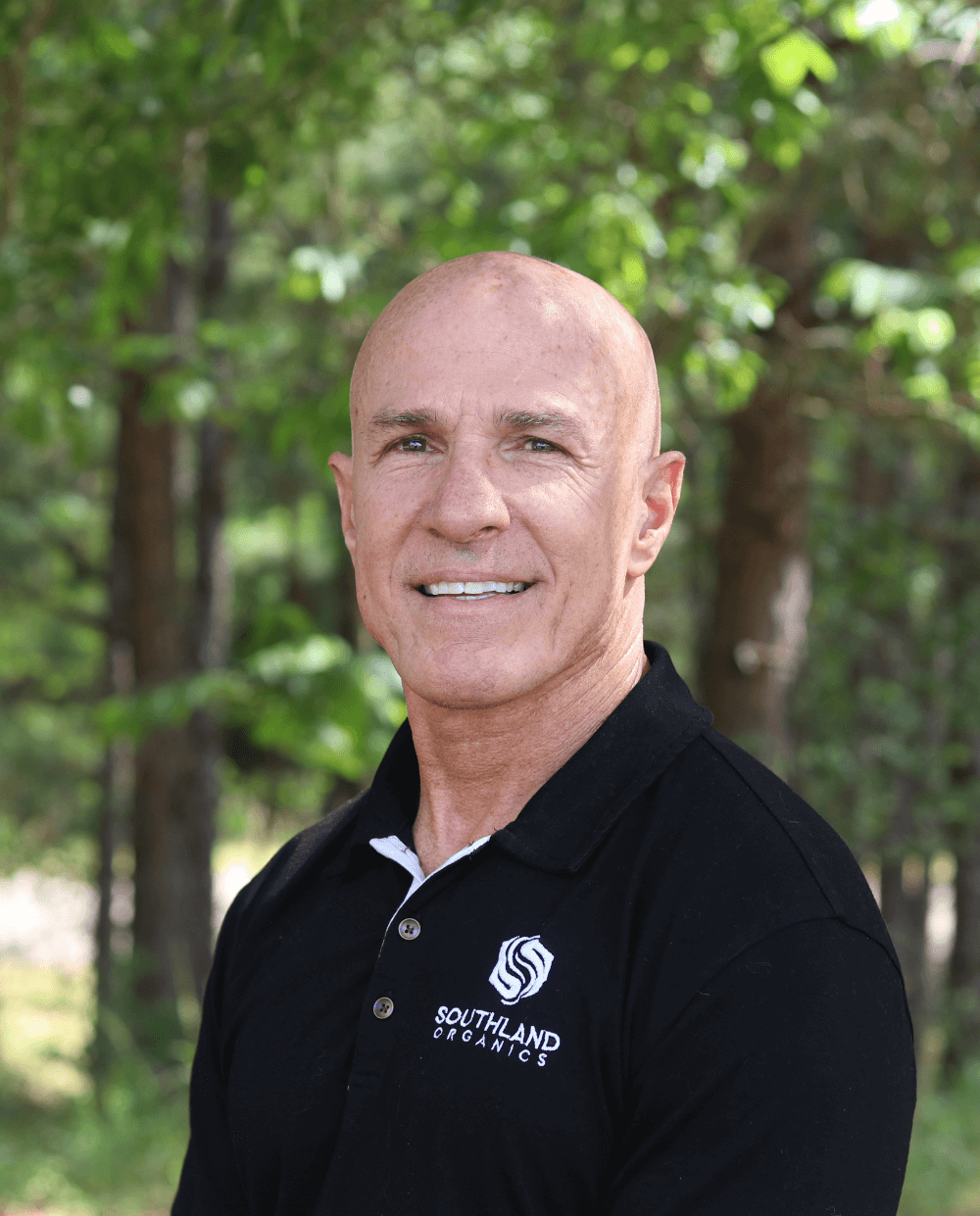In the poultry industry, we put a major focus on nutrition. What goes into your birds directly affects everything from performance to mortality to the bottom line of your business, and we monitor and adjust it regularly. But there is a lot to learn from what comes out of your birds at the end of the nutrition cycle—that’s right, poop. It may not be a dinner table topic, but we are here to give you the Scoop on Poop.
To fully understand the end of the cycle, we need to understand the digestive process in your birds from start to finish.
Birds eat continuously throughout daylight hours and sometimes into the night. Unless you have programmed a growing cycle or routine with your lighting, they don’t really have specific meal times and breaks like we do. That's why they constantly eat and, thus, seem to constantly poop.
When poultry eat and drink, the food and water go from the beak into the esophagus, which carries it down to the crop. Food begins to soften in the crop before it travels to the proventriculus, an organ that uses enzymes to break down food before it enters the gizzard. The gizzard is a more muscular organ that uses small stones to grind food into a paste that can be more readily processed in the intestine. A chicken's intestine has two small, pouch-like places called ceca.
Bacteria in these pouches help digest particularly woody, fibrous or tough bits of food that the chicken ingests. The food takes its time in this section of the bird so the bird can extract as much of the nutrients as possible. At this point, the bird should have absorbed all the good it will from the feed. It’s time to get rid of what they don’t need.
The waste travels to the cloaca, which is Latin for common sewer. This is fitting because in birds, all forms of waste are expelled at once in one dropping. This is what you see all over the floor of your house, and it can be the key to knowing the true health of your birds and efficiency of your nutrition.
3 Parts of Poop
The first part is feces. This is the main part of the stool. It is the only real solid part. If healthy, the feces should be dark brown to tan and tubular in shape. It may be straight, coiled or even broken up into smaller yet still tubular pieces. This is a good indicator of a “tight gut.”
Next, you have urates or uric acid. This is the “white cap” you see on the stool. This is a by-product of protein metabolization—birds converting feed into energy. In healthy birds, the urates should cover about a third to half of the stool and have a chalky white appearance.
Then, the last part is urine. This is the liquid or non-crystalline form of urates, and it typically looks like water. In healthy birds, there should be a very small amount that is almost unnoticeable.
Warning Signs
Warning signs can indicate inefficient feed conversion, disease or infection. For feces, the stool should be free from blood or excess undigested feed. If you see either of these, it could be a sign of a bigger problem.
With urates, because the urates or “white caps” are a by-product of the bird converting food to energy, the amount of white caps seen is used as an indicator of how the birds are converting feed. As we all know, feed conversion directly affects your profitability in a flock. If you’re seeing less than a third of the stool covered in white caps, chances are, your birds may not be efficiently metabolizing protein.
Lastly, for the non-crystalline urine, if your birds have loose, wet droppings, this can be a sign that your birds don't have everything they need to actually absorb the nutrients from the feed. If there is a lot of excess urine, it could also be a sign of a bacterial infection.
Monitor
Pay attention to the amount, size, color and consistency of your birds’ droppings. Write these things down and note what is normal for your birds as well as any changes you see. Change in poop can be an early indicator of illness or stress. As you take notes of what you are regularly seeing, it may be time to take action if an issue lasts more than a couple days.
Next week, we'll take a look at some examples of birds’ poop from real commercial poultry farmers and talk about some easy ways to get a better result at the end of your nutrition cycle—tighter guts!
Contact Us
If you need help with tightening guts or simply would like to learn more, the Southland Organics team is here. Connect with me, Allen Reynolds, at 800-608-3755 or allen@southlandorganics.com. Don’t forget to subscribe because we are constantly adding great, educational content to help you keep your farm healthy!
Remember, your poultry house is a bacterial battlefield. Biosecurity is the way to win, and we are here to help you in the fight.
Watch our next video: Scoop on Poop: Good Poop vs. Bad Poop.







